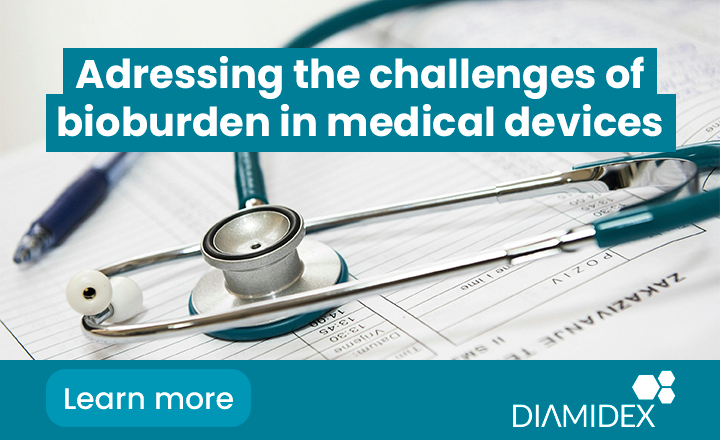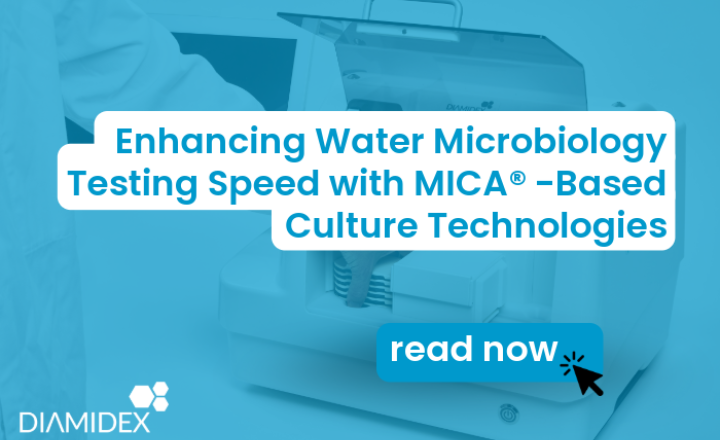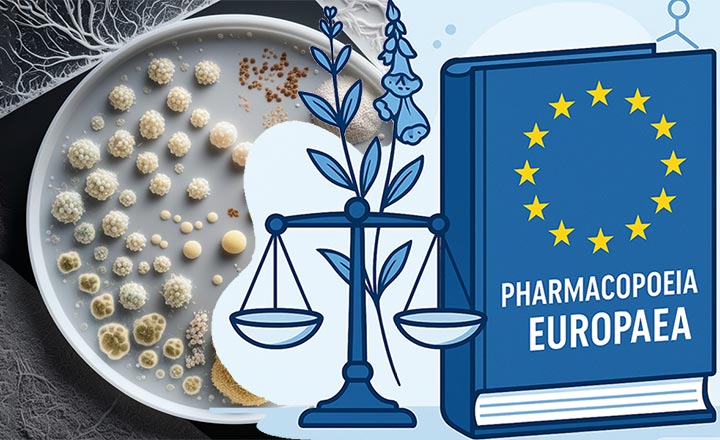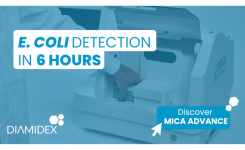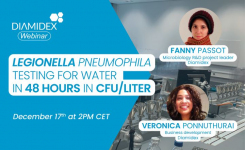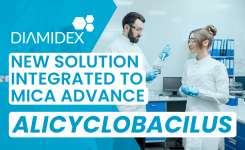Ensuring the safety and efficacy of medical devices is a critical concern for manufacturers and regulatory bodies. One of the primary challenges in this field is managing bioburden - the presence of microorganisms on devices throughout the entire manufacturing process.
The Importance of Bioburden Testing
Bioburden testing quantifies the total microbial load (Total Viable Count, including yeast, mold and bacteria). On medical devices, this process is essential for several reasons:
- Safety: High bioburden levels can lead to infections in patients, particularly in devices that come into direct contact with sterile body tissues or fluids.
- Regulatory Compliance: Regulatory bodies like the FDA require stringent bioburden testing to ensure that sterilization processes are effective.
- Quality Assurance: Consistent monitoring of bioburden helps in maintaining the high quality of medical devices.
Conventional bioburden testing methods typically involve culturing microorganisms on agar plates, followed by manual counting of colony-forming units (CFUs). While reliable, these methods have limitations:
- Time-Consuming: Traditional methods can take several days to yield results, delaying the manufacturing process.
- Labor-Intensive: Manual counting is not only laborious but also prone to human error, affecting the accuracy and repeatability of results.
- Resource-Intensive: Requires significant resources in terms of reagents and skilled personnel.
Advancements in Rapid Detection Methods for bioburden testing
MICA Highlight Total Viable Count (Bioburden) Solution
The MICA Highlight Total Viable Count system represents a significant leap forward in bioburden testing, providing several advantages over conventional methods:
- Speed: MICA Highlight Total Viable Count delivers results in as little as 24 hours, compared to the days required by traditional methods.
- Automation: The system automates the enumeration of microorganisms, reducing the potential for human error and improving the reliability of results.
- Cost-Effectiveness: By reducing the incubation time of the plate and reducing labor costs, MICA offers a more economical solution for bioburden testing.
- Compliance: MICA Highlight Total Viable Count complies with APHA 9215 and ISO 6222 standards, ensuring that results are consistent and reliable.
Implementation in Medical Device Manufacturing
Implementing rapid bioburden testing solutions like MICA Highlight Total Viable Count in medical device manufacturing can significantly enhance product safety and streamline production processes. Diamidex helps companies implement this solution at every steps of the process:
- Validation: Validate the MICA system against traditional methods to ensure it meets regulatory and quality standards.
- Integration: Incorporate the MICA system into the existing quality control workflow, ensuring seamless integration with other processes.
- Training: Provide training for quality control personnel to effectively use the new system and interpret the results.
- Continuous Monitoring: Regularly monitor and review bioburden data to ensure ongoing compliance and identify any areas for improvement.
Conclusion
Addressing the challenges of bioburden in medical devices is crucial for ensuring patient safety and regulatory compliance. Innovative solutions like the MICA Highlight TVC system offer a faster, more reliable, and cost-effective alternative to traditional methods. By adopting this advanced technology, manufacturers can better manage bioburden, enhance product quality, and ensure the safety of their devices.
For more information on MICA Highlight Total Viable Count Visit Diamidex.


